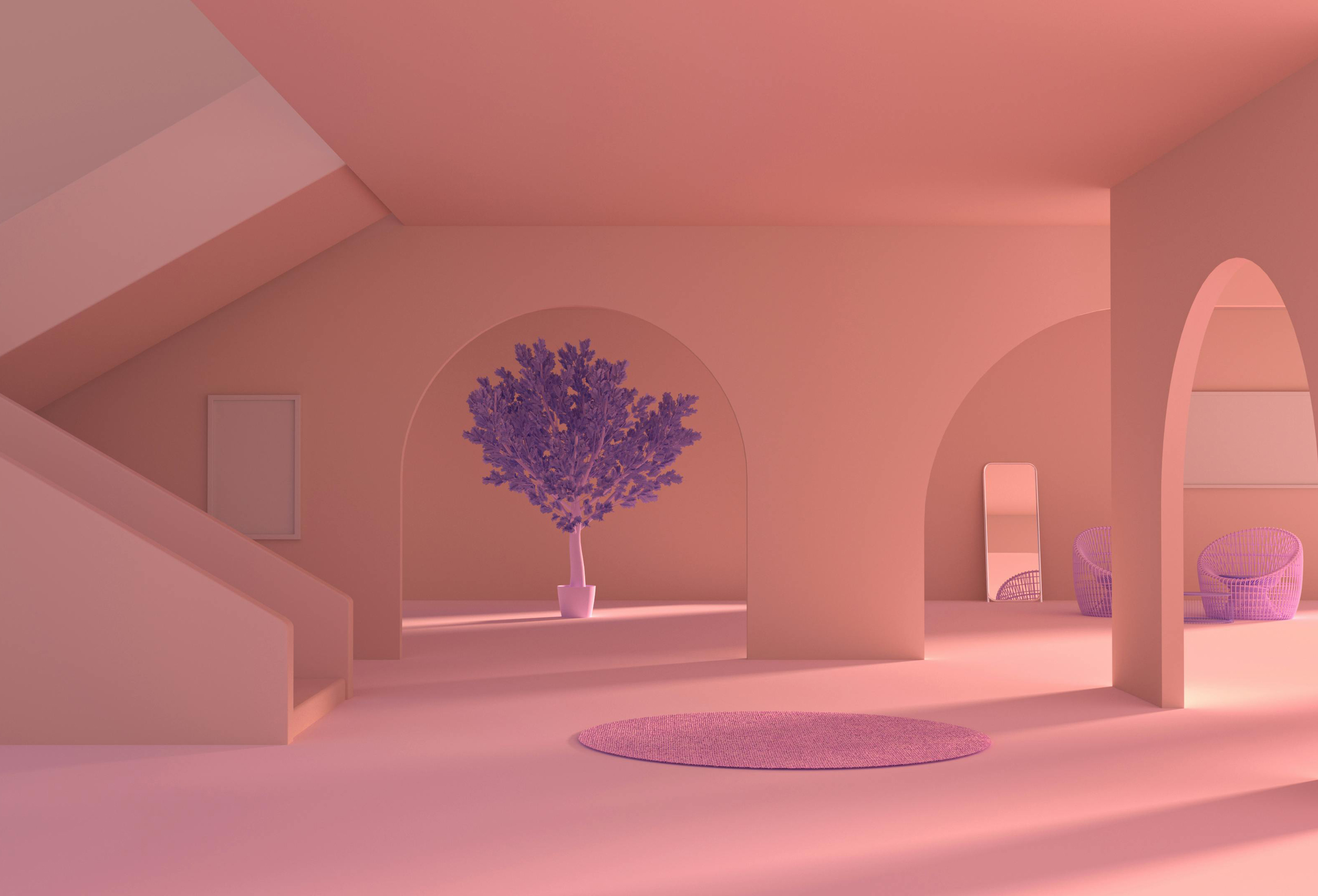Introduction
The way we buy, sell, and design homes has undergone a significant transformation. Among the most impactful advancements is the advent of 3D virtual house tours. Initially a novel concept, these digital tours have rapidly become an essential tool in the real estate and design sectors. But why is this technology gaining such traction, and how does it benefit enthusiasts, buyers, and designers?
Benefits of 3D Virtual House Tours
3D virtual tours offer an immersive experience that eliminates the need for physical visits. This is a game-changer for both buyers and sellers, saving considerable time and travel expenses. Imagine exploring multiple properties across different locations without leaving your home. These tours provide a comprehensive view of the property layout, allowing potential buyers to make informed decisions at their convenience. This convenience can lead to quicker sales and higher client satisfaction.
For interior designers, these tours offer an unparalleled advantage. The detailed views allow for a thorough inspection of spaces, aiding in visualising customisation options. This level of detail is invaluable for creating design plans that align perfectly with client needs. Additionally, virtual tours can attract a global audience, expanding the reach of property listings beyond local markets. This broader exposure can lead to increased interest and faster turnover rates.
How 3D Virtual House Tours Work
The technology behind 3D virtual house tours is both sophisticated and user-friendly. It involves capturing multiple high-resolution images of a property, which are then stitched together to create a seamless, navigable 3D model. Various software and hardware solutions are available for this purpose, ranging from affordable DIY kits to professional-grade equipment.
Popular software options include Matterport, which offers an intuitive platform for creating detailed virtual tours. Hardware can range from 360-degree cameras to more advanced LiDAR scanners, ensuring accuracy and depth in the captured images. This combination of software and hardware makes it accessible for anyone from real estate agents to interior designers to create immersive tours.
Case Studies
Real-life applications of 3D virtual house tours highlight their effectiveness. A notable example is a real estate agency that saw a 30% increase in property viewings after incorporating virtual tours. Prospective buyers appreciated the ability to explore homes at their own pace, leading to more serious inquiries and faster sales.
Another instance involved an interior design firm that used 3D tours to present renovation plans to clients. The detailed visualisation helped clients better understand the proposed changes, resulting in quicker approvals and smoother project execution. These examples demonstrate the tangible benefits of adopting virtual tours in various aspects of property and design.
Future of 3D Virtual House Tours
The future of 3D virtual house tours looks promising, with several emerging trends set to enhance their capabilities further. Augmented reality (AR) and virtual reality (VR) are poised to take these tours to the next level, offering even more immersive experiences. Imagine walking through a property and seeing potential renovations or furnishing options in real time.
Additionally, advancements in artificial intelligence (AI) could streamline the creation process, making it even more accessible and efficient. AI-driven analytics could also provide deeper insights into buyer preferences, helping real estate professionals tailor their offerings more precisely. These innovations suggest that 3D virtual tours will continue to revolutionise property viewing and sales in the coming years.
Conclusion
3D virtual house tours offer numerous benefits to the real estate and design sectors. They provide an immersive, convenient, and detailed way to explore properties, saving time and costs while expanding market reach. Real-life examples underscore their effectiveness in increasing engagement and accelerating sales.
With emerging technologies set to enhance these tours further, their role in the future of property viewing and sales is undeniable. For those interested in experiencing these benefits firsthand, exploring 3D virtual tours is a step towards a more efficient and engaging property market.
